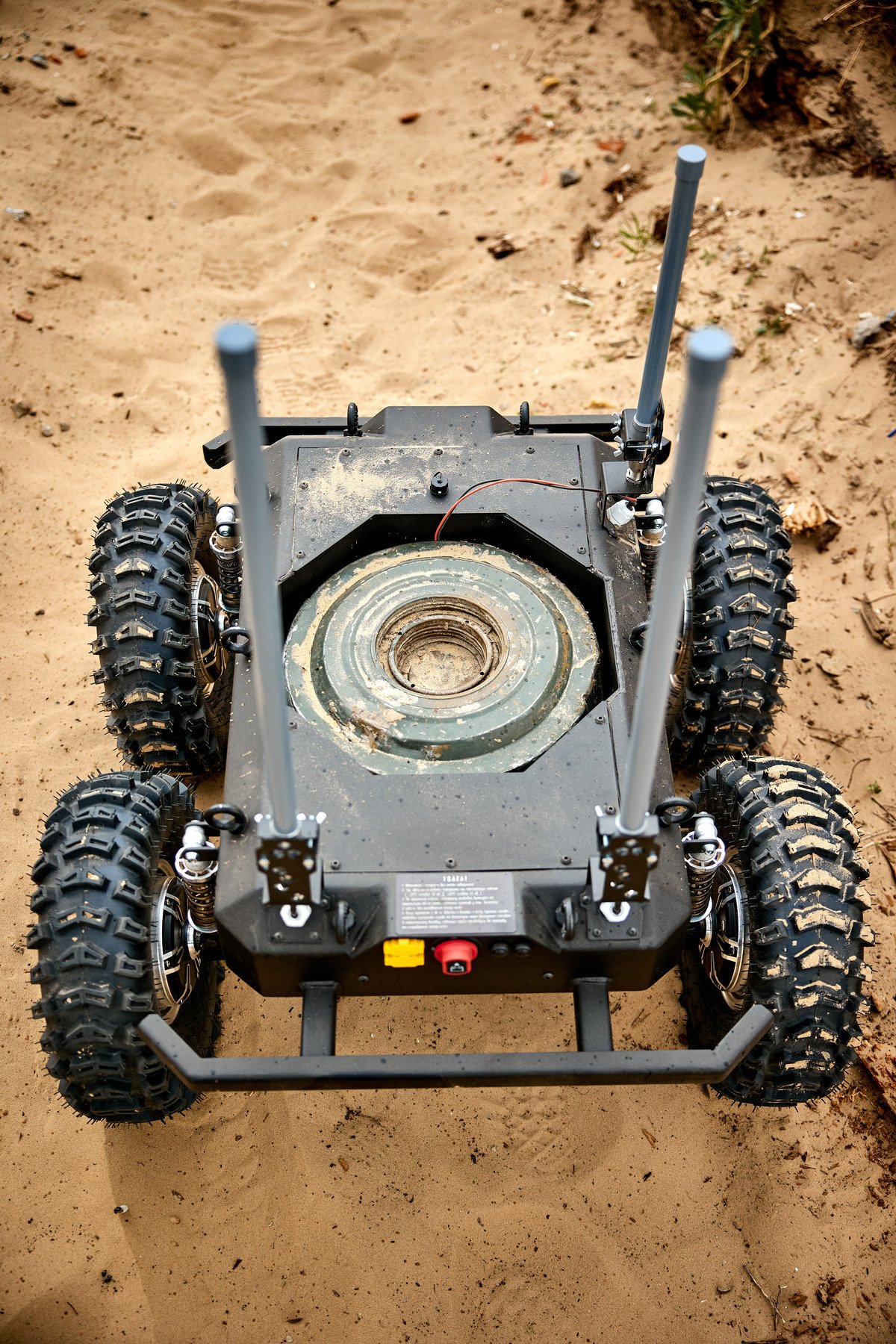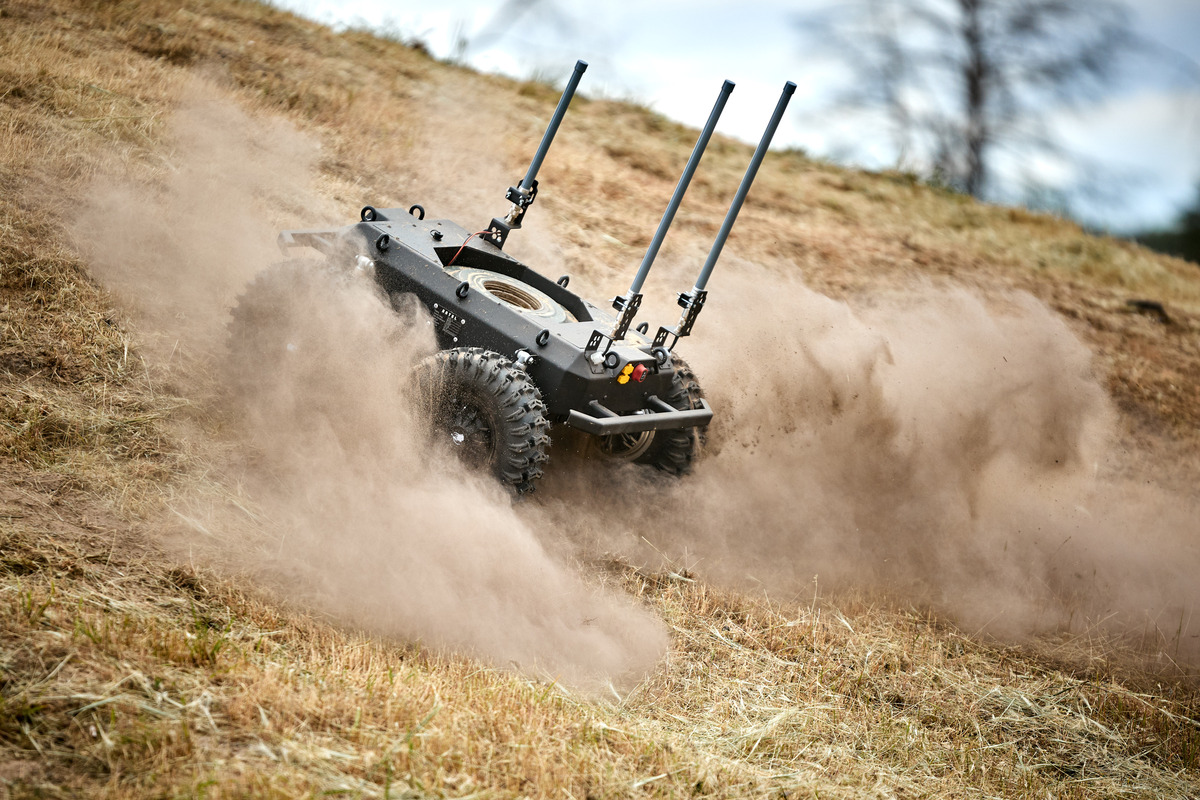The conflict in Ukraine has seen a flurry of drone activity, prompting developers and operators to explore innovative solutions, particularly in unmanned ground vehicles (UGVs). Ruslan, a military expert in Ukraine, highlighted that jamming UGVs is much more challenging compared to their airborne counterparts, emphasizing the tactical advantages of ground drones in the ongoing war.
As the global audience keenly observes the rapid advancements in drone technology within Ukraine, the popularity of first-person-view (FPV) aerial drones for reconnaissance and attacks is well noted. Additionally, Ukraine’s creative use of naval drones has notably impacted Russia’s maritime capabilities. However, UGVs are emerging as a critical element in this warfare landscape.
“We see UGVs as vital to shifting the tide in this conflict,” stated Nataliia Kushnerska, COO of the defense tech cluster Brave1. Both Ruslan and Kushnerska recognize the significance of UGVs, which are less susceptible to jamming techniques that target aerial drones.
Physical connections to command stations make some Ukrainian ground drones particularly resistant to interference, although most currently operate via radio waves or internet signals. The requirement for direct line-of-sight poses additional challenges for jamming, as natural obstacles can hinder signal transmission.

Kyiv’s digital transformation minister, Mykhailo Fedorov, shared that the Termite robot is now employed in various frontline roles, offering safety to operatives while conducting missions remotely. The ability to reduce human exposure to danger is a key advantage of these technologies.
UGVs are tasked not only with reconnaissance but also with logistics, evacuation, and precision strikes, further expanding their utility on the battlefield. For instance, the Volya-E robot has reportedly evacuated over 100 wounded personnel, and the Ratel-S has successfully destroyed crucial enemy infrastructure.

Ukrainian manufacturers are ramping up their operations to keep pace with demand, tapping into a robust market that has seen a surge in UGV designs—up from 100 to over 240 within just three months. There’s also a growing trend toward multifunctional drones, enhancing their operational flexibility.
Constant analysis of rival developments, especially Russian UGV innovations, is crucial for Ukraine’s advancements. Kyiv’s design responses include experiments with armed ground robots and various configurations to tackle different operational needs.
While Russian UGVs are evolving with designs capable of undertaking complex tasks, Ukraine aims to leverage its own advancements in ground robotics to maintain a strategic edge. Ruslan recalls that Ukraine was quick to adopt and advance its ground drone technology shortly after the onset of conflict in February 2022.
Balancing Drone Capabilities
UGVs, while more expensive than disposable FPV drones, offer distinct advantages in terms of payload capacity. “They serve different purposes, and comparing them doesn’t reflect their unique contributions to military strategy,” Ruslan explained. With the ability to carry significant explosives, UGVs complement aerial drones, providing enhanced operational versatility for Ukraine’s forces while keeping personnel out of harm’s way.
“It’s all about having a diverse range of tools,” Ruslan remarked, encapsulating the strategic importance of integrating various drone technologies into military operations.
